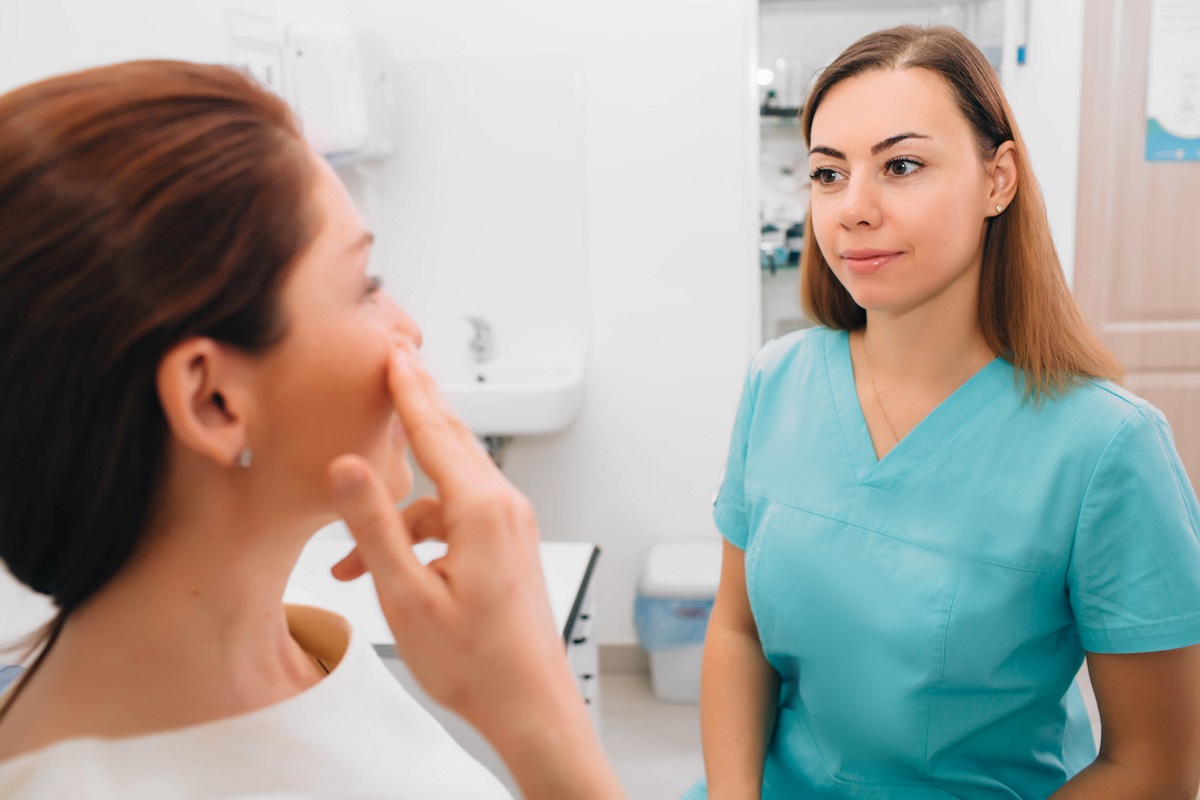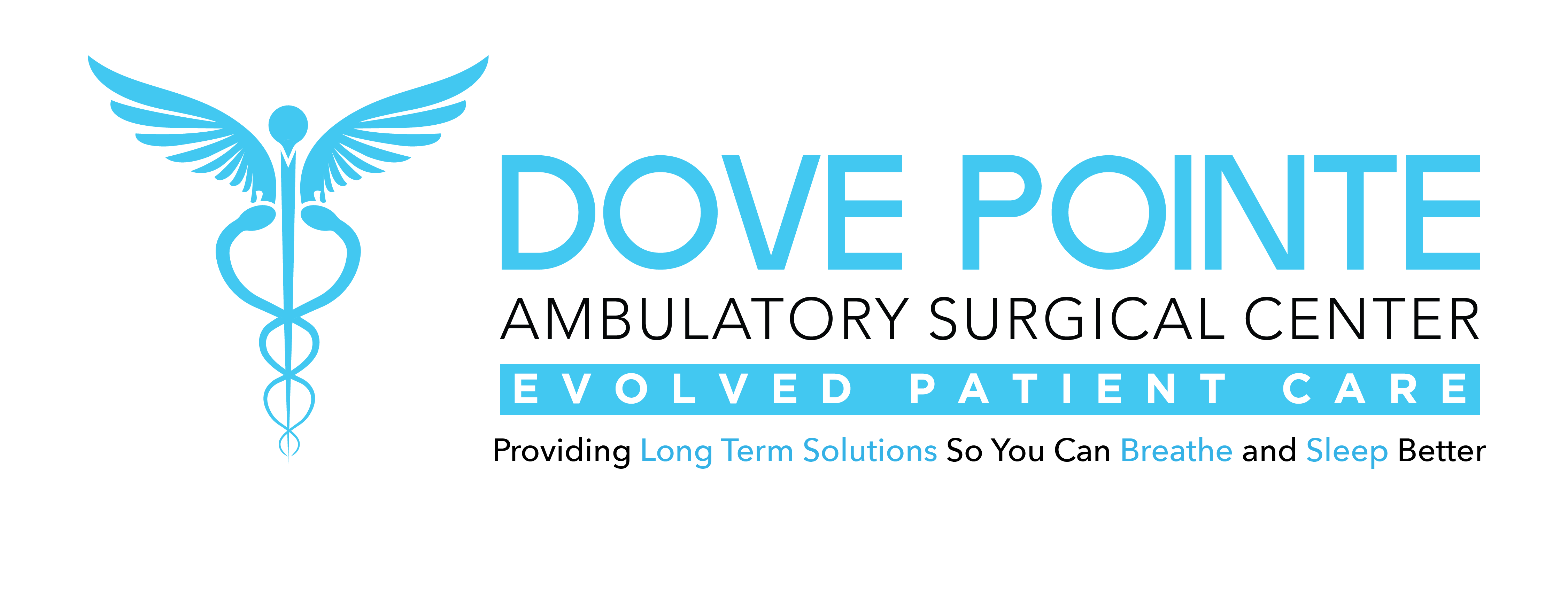Our sinus cavities are intricate structures that protect our nasal cavity from dirt, dust, pollutants, and micro-organisms by producing mucus to, in a sense, help flush them out. While these cavities are usually empty, they can get blocked up to the point where the mucus can’t properly drain, causing congestion with fluid that eventually leads to sinus infections, also known as sinusitis.
Gently touching your face near an infected sinus cavity can be a painful, uncomfortable feeling, but there are specific treatments you can use to alleviate sinusitis before it causes further complications.
Today, our local McAllen ENT Dr. Frank R. Glatz, certified physician assistant Jonathan Lerma, and the dedicated team of sinus relief specialists at the Glatz Group are looking into the causes of sinusitis and what you can do to ease your symptoms.
The Causes and Symptoms of Sinusitis
A sinus headache is oftentimes one of the most common symptoms of a sinus infection. When this happens, you can feel both pressure and pain behind your cheekbones and around your eyes. Other telltale symptoms and signs of a sinus infection can be nasal discharge with a yellow or green color, an unpleasant taste in your mouth, and fever.
Sinusitis is often the result of either a viral, bacterial, or fungal infection. Despite it being a common condition, there are certain people that have greater chances of getting it, usually anyone that has:
- Asthma
- Congestion from a cold or allergy
- Blocked drain ducts
- Abnormalities in their nasal passageways (e.g. nasal polyps)
- A weak immune system
- A smoking habit
It is also worth noting that there are two types of sinus infections: chronic and acute sinusitis. These two share similar symptoms, where chronic sinus infections may last for up to 12 weeks and can recur several times a year. Acute sinusitis is normally a temporary infection that most likely came after a cold and can last around 2 to 4 weeks.
Good hygiene, maintaining clear and moist sinuses, and treating symptoms right away with over-the-counter nasal sprays and decongestants can help lessen the severity and time of the infection. At the same time, procedures like a balloon sinuplasty at your McAllen ENT can help open the sinus cavity openings to help your body flush them out more efficiently.
At-Home Sinus Infection Treatments You Can Use
While it may be difficult for you to figure out if your sinusitis was the result of bacteria, virus, or fungus, there are some ways you can relieve some of the symptoms in the comfort of your own home. Some of these methods include:
- Moisturizing the air in your room through a humidifier or vaporizer.
- Drinking plenty of fluid to make sure you’re well hydrated.
- Utilizing saline sprays or nasal irrigations.
- Using nasal spray decongestants for two or three days.
- Applying warm compresses to your face to help alleviate pain and pressure.
- Sleeping with your head at an elevated level. If sleeping on a pile of pillows isn’t comfortable, put blocks underneath the two legs at the head of your bed to raise it.
- Taking over-the-counter pain relievers (e.g. ibuprofen or acetaminophen).
If At-Home Remedies Fail, It May Be Time to See Your McAllen ENT
In the vast majority of cases, sinusitis can go away by itself, but there are definitely instances when you should see your ENT doctor to treat your sinus infection if self-care options don’t do the trick.
It’s best to see a doctor if you’re still facing sinusitis symptoms after a week has passed, if the symptoms worsen, or if they come back to haunt you more than a few occasions within a year. You should also pay a visit to your doctor if your sinus problems are a hindrance to your day-to-day life and the things you enjoy.
However, be on the lookout for fever, an increase or spread of pain, ineffective over-the-counter pain medications, and an increase in nasal discharge, as these are all signs of your sinusitis worsening. Should this happen, visit your sinus relief specialists at Glatz Group as soon as possible. There, we can help guide your sinusitis treatment and explore if balloon sinuplasty can help you overcome this type of infection in the future, especially if you suffer from chronic sinusitis.
Facing sinus problems that won’t go away or keep coming back? Your solution is only a call and appointment away! Schedule a consultation with Dr. Frank R. Glatz now by contacting us at (956) 631-2957. Rest assured, you’ll be ‘Glatz’ you did!



